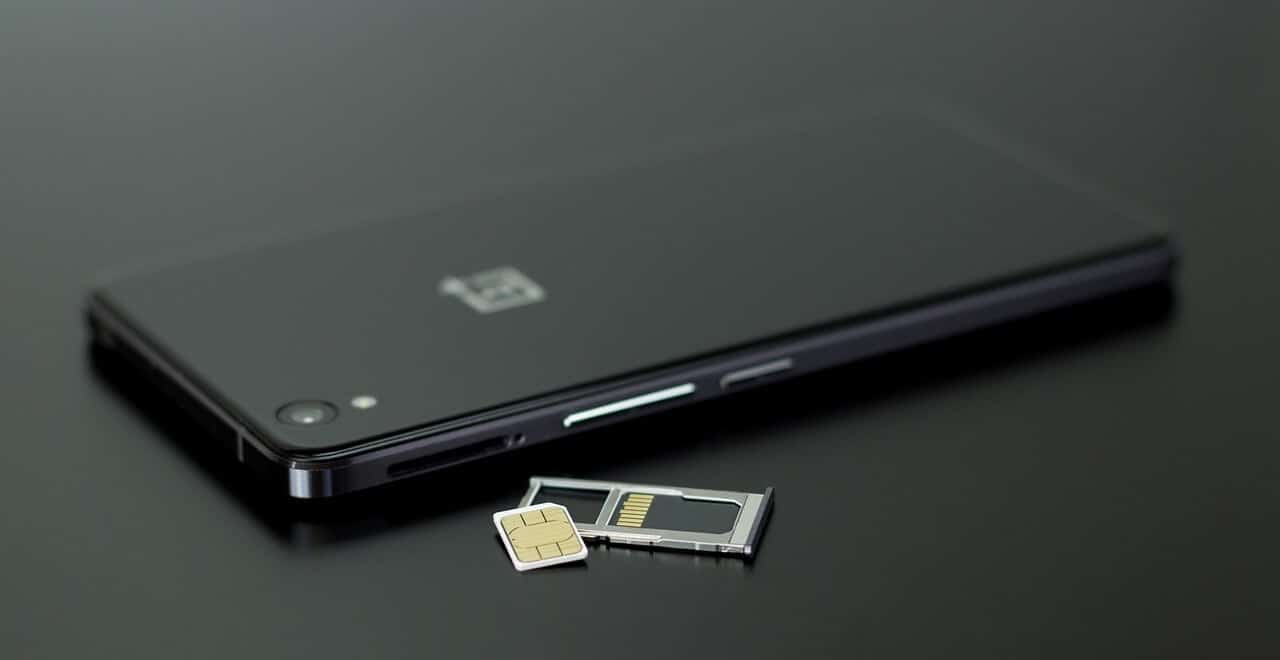How the eSIM, 5G and Internet of Things Overlap
The eSIM, The Internet of Things (IoT) and 5G have a lot in common

If you think the last 10 years happened quickly, wait for the next decade. A number of overlapping technologies are coming to market which will change things as fundamentally as the smartphone did. The eSIM, The Internet of Things (IoT) and 5G have a lot in common. There are trials beginning to take place all over the world, they are all mobile technology related and they are going to adopt the ways we relate to the internet, and therefore the world.
Get the Best Updates on SaaS, Tech, and AI
What is an eSIM / 5G / IoT
Let’s start with some quick definitions.
- eSIM: the eSIM is an Embedded SIM. In simple terms, where you would have changed phone providers in the past by swapping a SIM in your phone, with an eSIM, there’s no need. eSIMs allow you to pick a plan and network from your handset. Trials are underway as to how the eSIM will function in mainstream electronics devices, including laptops.
- 5G: 5G cellular networks are Superfast data networks but don’t be fooled by the fact that this is a number followed by a G. This change is different to what you experienced when your phone became capable of making video calls. 5G is going to create nothing less than a cellular fabric of connectivity to which everything (well, everything worth more than about $50) is connected to the internet and can be queried by you and your phone.
- The Internet of Things: Cheap sensors and the benefits of extracting data from assets to make their usage more efficient are causing an explosion in the number of internet-connected assets in the world. The average family of 4 now has about a dozen internet-connected products in their home. By 2030, each person in the world, man, woman, and child, is forecast to have 16.
How the changes will affect you
- Bigger phone bills – but you’ll love it: The price of mobile data is falling year on year. You’ll spend more mobile data services, as an individual and as a business on telecommunications costs but you’ll be happy to do it. 5G will enable real-time, remote Artificial and Augmented reality experiences. It will make mobile experiences indistinguishable from fixed connection experiences. You’ll chat and interact with family and colleagues from your autonomous car in real time as if they were in the same room.
- You change phone carriers in the morning and then again in the afternoon: Dual SIM phones already make up 42% of Android phone shipments around the world – so popular that a dual SIM feature could be included by Apple in their next iPhone. In the developing world, it’s common to have 2 SIMs and use one, say, for data and another for voice calls – to keep costs as low as possible. The eSIM is likely to mean that we move plans more often, perhaps more than once a day, using automated processes in our phones to judge our requirements and optimize our spend.
- You can ask a building if your wife went into it: The Internet of Things is going to change how we interact with the world around us. Think how you now relate to your phone. They are now our ‘go to’ point for quick queries wherever we are. We have only been doing that for 10 years. In the next decade, we will take for granted the fact that we can query any asset in the world. We will be able to ask a building if our wife has walked into it ahead of us. We will be able to ask a garbage bin what day it is emptied. The notion of waiting at a red light on a street with no traffic will become alien to us – because the light will scan the circumstances and optimize traffic flow.
- You work – on the way to work: 5G will make autonomous cars more efficient and safer using a concept called ‘swarm computing.’ One car will ‘talk’ to another in close proximity to it to minimize the safe distance between them, avoid accidents and speed traffic flow. The swarm will operate in coordination with the traffic lights.
- Fast economic growth: The economic effects of these three technologies coming to market at the same time are hard to overstate. They will find a new layer of efficiency in every operation and generate billions of dollars in economic growth.
Summing up mobile technology over the next 5 years
These things will be happening alongside the rollout of AI (Artificial Intelligence) solutions. Collecting a world of data, as the IoT and 5G will, will actually feed the AI algorithms which optimize them.
Perhaps the most incredible aspect of these changes is the fact that we get a new ‘G’ – a new generation of mobile technology slightly less than once every 10 years. 2.5G, GPRS came on to the scene around the year 2000. 3G, depending on where in the world you live, hit in around 2007. 4G came to us in around 2012 / 2013 and now we have 5G. It will only be the middle of the next decade when we start to move to 6G and need to wrap our heads around what that can do for us.
FTC Disclosure: The pages you visit may have external affiliate links that may result in me getting a commission if you decide to buy the mentioned product. It gives a little encouragement to a smaller content creator like myself.


